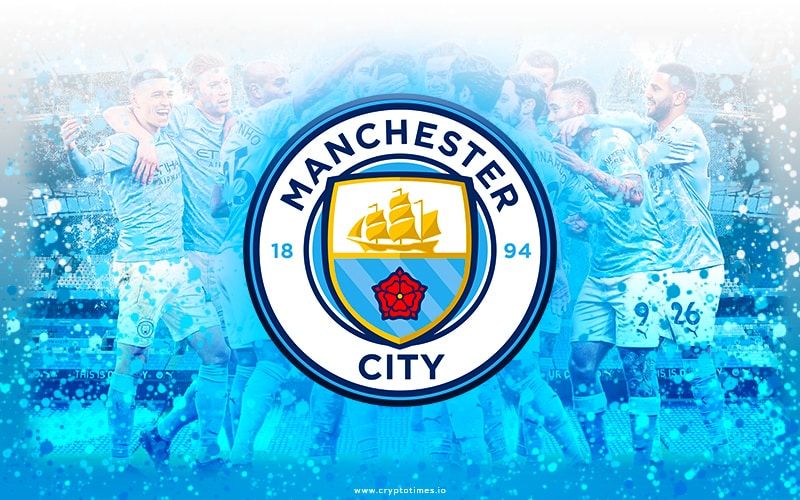
Manchester City
Manchester City Football Club, commonly known as Man City, has undergone a remarkable transformation over the last two decades. From a mid-tier team in English football with sporadic successes to one of the most dominant clubs in Europe, their rise to glory is not just about winning titles; it encapsulates strategic vision, investment, and an inspiring footballing philosophy. The journey of Manchester City is emblematic of how ambition, combined with resources and a clear identity, can forge a path from obscurity to prominence. The club’s evolution represents a case study in modern football, showcasing the intricacies involved in building a successful sporting empire.
The Early Years: Foundations of a Football Identity
The roots of Manchester City trace back to 1880, when the club was originally established as St. Mark’s (West Gorton). Over time, the club transitioned through various names until finally settling on Manchester City in 1894. However, for the first century of its existence, the club oscillated between success and mediocrity, never really establishing itself as a powerhouse like its neighbors, Manchester United.
Historical Context of the Club’s Establishment
When delving into the history of Manchester City, it’s essential to consider the social and economic conditions of industrial England during the late 19th century. The city of Manchester was at the forefront of the Industrial Revolution, which significantly impacted local culture and community engagement.
Football emerged as a popular pastime for the working class, and clubs were often formed to bring people together. St. Mark’s was founded by a group of church members, aiming to provide a healthy recreation outlet. This intention set the stage for a community-oriented football club, emphasizing local connections rather than purely sporting ambitions.
The founding values of inclusivity and community bonding resonate deeply today, even as the face of the club has evolved dramatically. In understanding this historical context, we begin to appreciate the roots of loyalty that fans have maintained throughout the years — a loyalty that would be tested in the coming decades.
Key Achievements in Early History
In the early 1900s, Manchester City began carving out a niche for itself within English football. The club secured its first major trophy in 1904, winning the FA Cup. This victory marked a significant milestone, showcasing the potential of City as a competitive footballing entity at https://loto188.trading/.
However, the true test of endurance would come through the years of fluctuating fortunes. While City enjoyed spells of success, notably winning the league title in the 1930s, they also faced grave challenges, such as relegation and financial difficulties. These ups and downs laid the groundwork for a resilient culture among supporters, who have remained loyal through thick and thin.
Transition to Professionalism and Modernization
The post-war era saw a gradual shift toward professionalization in football, and Manchester City sought to capitalize on these changes. By the 1960s and 70s, the club experienced a renaissance, highlighted by a memorable FA Cup victory in 1969 and a subsequent UEFA Cup Winners’ Cup triumph in 1970.
During this period, City cultivated an image as a vibrant club that played attractive football. Influential figures such as manager Malcolm Allison and players like Francis Lee became synonymous with a golden era for the club. Yet, the taste of glory was fleeting, and the 1980s bore witness to a decline—marked by relegation, financial strain, and managerial turnover.
This phase of adversity, however, would ultimately serve as a crucible, refining the identity of Manchester City and laying fertile ground for the monumental changes that lay ahead.
